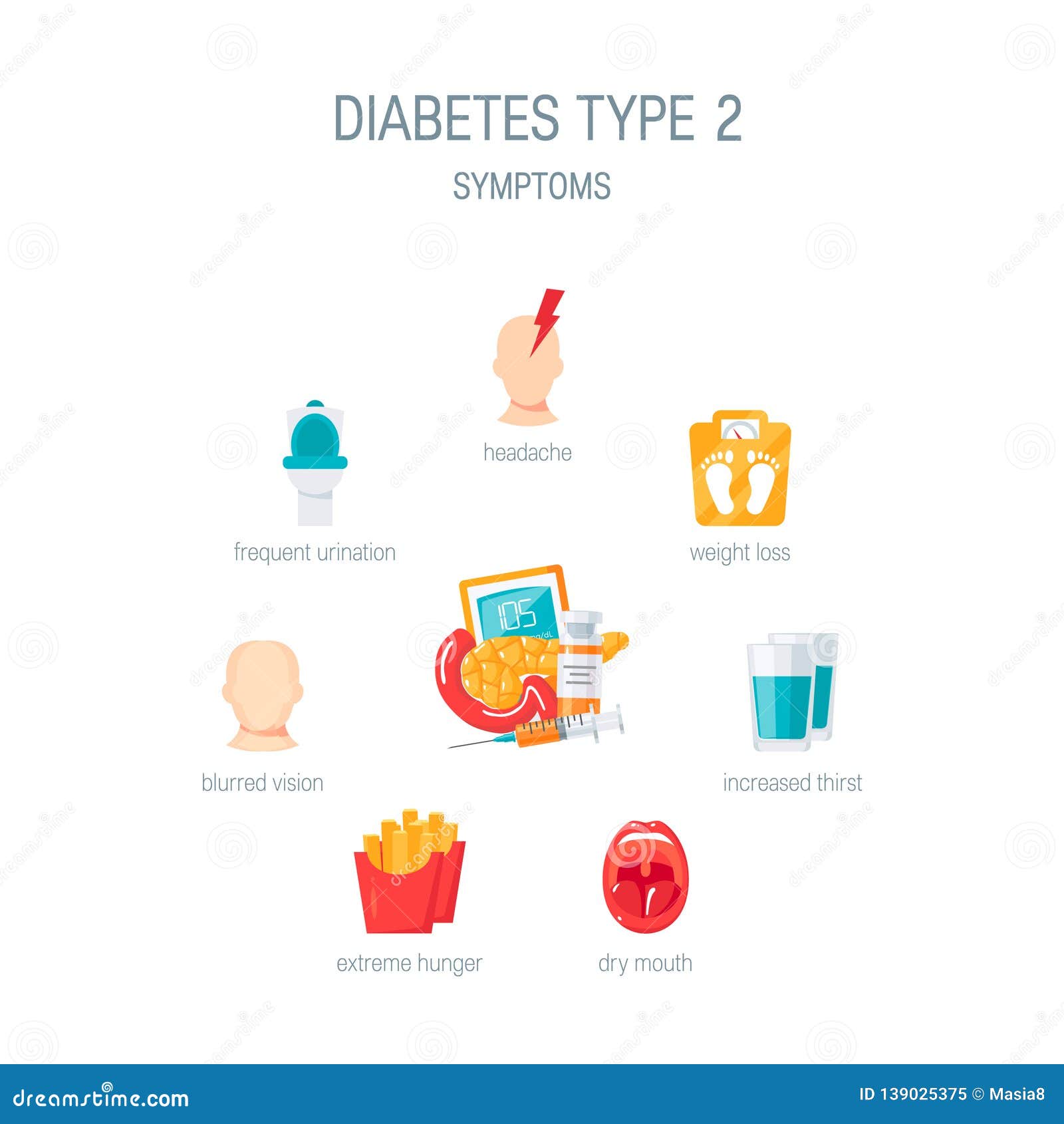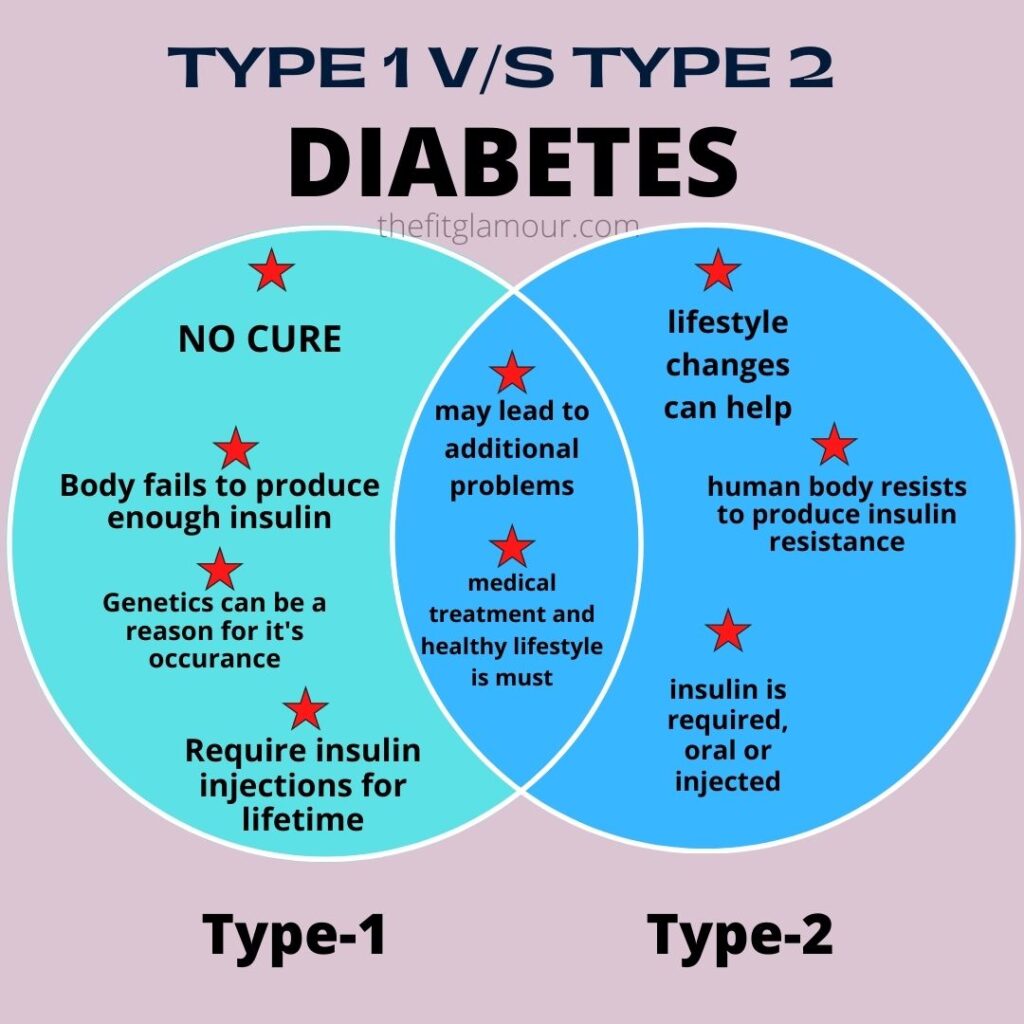
Choosing foods with less fat is another way to reduce calories. Eat smaller portions to reduce the amount of calories you eat each day and help you lose weight.
Type 2 diabetes symptoms professional#
If you have not been active, talk with your health care professional about which activities are best. Get at least 30 minutes of physical activity, such as walking, at least 5 days a week. 1 For instance, if you weigh 200 pounds, your goal would be to lose about 10 to 14 pounds. You may be able to prevent or delay diabetes by losing 5 to 7 percent of your current weight.

How do health care professionals diagnose type 2 diabetes? Learn more about the causes of type 2 diabetes. Type 2 diabetes is caused by several factors, including Some people do not find out they have the disease until they have diabetes-related health problems, such as blurred vision or heart disease. Symptoms of type 2 diabetes often develop slowly-over the course of several years-and can be so mild that you might not even notice them. numbness or tingling in the feet or hands.

Type 2 diabetes occurs most often in middle-aged and older people. Learn more about risk factors for type 2 diabetes. You are also more likely to develop type 2 diabetes if you have prediabetes or had gestational diabetes when you were pregnant. Physical inactivity and certain health problems such as high blood pressure affect your chances of developing type 2 diabetes. Diabetes is more common in people who are African American, Hispanic/Latino, American Indian, Asian American, or Pacific Islander. You are more likely to develop type 2 diabetes if you are age 45 or older, have a family history of diabetes, or are overweight or have obesity. However, type 2 diabetes occurs most often in middle-aged and older people. You can develop type 2 diabetes at any age, even during childhood.

Who is more likely to develop type 2 diabetes? The good news is that you can take steps to prevent or delay the development of type 2 diabetes. Too much glucose then stays in your blood, and not enough reaches your cells. In type 2 diabetes, your body doesn’t make enough insulin or doesn’t use insulin well. Insulin, a hormone made by the pancreas, helps glucose get into your cells to be used for energy. Blood glucose is your main source of energy and comes mainly from the food you eat. Type 2 diabetes, the most common type of diabetes, is a disease that occurs when your blood glucose, also called blood sugar, is too high.


 0 kommentar(er)
0 kommentar(er)
